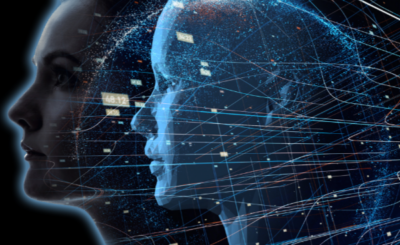Artificial Intelligence (AI) has made significant strides in recent years, but one topic sparking intense debate is the concept of uncensored AI. Unlike traditional AI models that rely on predetermined filters and ethical constraints, unrestricted AI refers to systems capable of engaging in unrestricted communication, intending to imitate human dialogue more authentically.
This blog aims to unpack the idea of uncensored AI and its implications for realistic AI communication. Could this be the shift that ensures AI feels more human, or does it carry significant risks?
What is Uncensored AI?
At its core, uncensored AI is designed to enhance communication by removing limitations traditionally programmed into AI systems. Current AI models, like OpenAI’s ChatGPT, operate within strict ethical frameworks to ensure content remains appropriate and free from harmful language or bias. Uncensored AI challenges these constraints by allowing a broader range of dialogue to flow, designed to mirror the complexities and flaws of human conversation.
While proponents argue that this approach results in more realistic interactions, critics are concerned about the potential for misuse or harm if boundaries are removed.
The Case for Realistic Communication
Authenticity has been a persistent barrier in AI systems. Even with state-of-the-art language models, users often describe their experiences as mechanical or impersonal. Uncensored AI offers an opportunity to bridge this gap.
Enhanced Human-Like Interaction
Uncensored AI has the potential to understand and mimic contexts, colloquialisms, and nuanced expressions previously off-limits due to programmed constraints. This enables communication to feel more intuitive and relatable.
For example: Imagine a customer service bot assisting in a complaint scenario. With an uncensored AI, the conversation could include real emotion and empathy, providing a tailored and human-like experience that avoids sounding scripted.
Broader Use Cases
Greater communication flexibility could expand AI’s utility beyond structured business applications. Artists, writers, and content creators could use uncensored AI to brainstorm creative ideas without limitations, adding value across industries.
The Flip Side of Unrestricted AI
Despite its advantages, uncensored AI teeters on a moral and ethical tightrope. Removing constraints makes AI vulnerable to misuse, such as spreading misinformation, hate speech, or harmful content.
Risks of Misinformation
Without programmed filters, uncensored AI could unintentionally produce incorrect or harmful information. Since AI generates responses based on data patterns, misrepresentation becomes a genuine concern if unchecked texts are allowed.
Data Point: A 2022 study found that 61% of individuals report being misled by inaccurate AI-generated content at least once, highlighting the risks of unrestricted AI communication.
Ethical Dilemmas
An AI system capable of truly unrestricted communication could face criticism for enabling dangerous speech trends. Major stakeholders must grapple with questions like, Who is responsible for harm caused by uncensored AI outputs?
Balancing Innovation and Responsibility
The development of uncensored AI presents a dual challenge. On the one hand, developers aim to achieve authentic and realistic communication. On the other hand, meeting ethical requirements and ensuring safety remains paramount.
Apache forensic AI and OpenAI have invested in research to recalibrate models for controlled freedom. These initiatives suggest hybrid solutions like adjustable filters that allow organizations to set tailor-made boundaries based on their needs without compromising user experience.
Final Thoughts
Uncensored AI holds remarkable potential for transforming communication by simulating human interaction with unprecedented realism. However, its success will depend on addressing vital ethical and safety concerns. Striking the right balance between freedom and responsibility should guide this next chapter in AI evolution. Only time will tell if unrestricted conversational AI will redefine communication or raise more questions than it answers.




